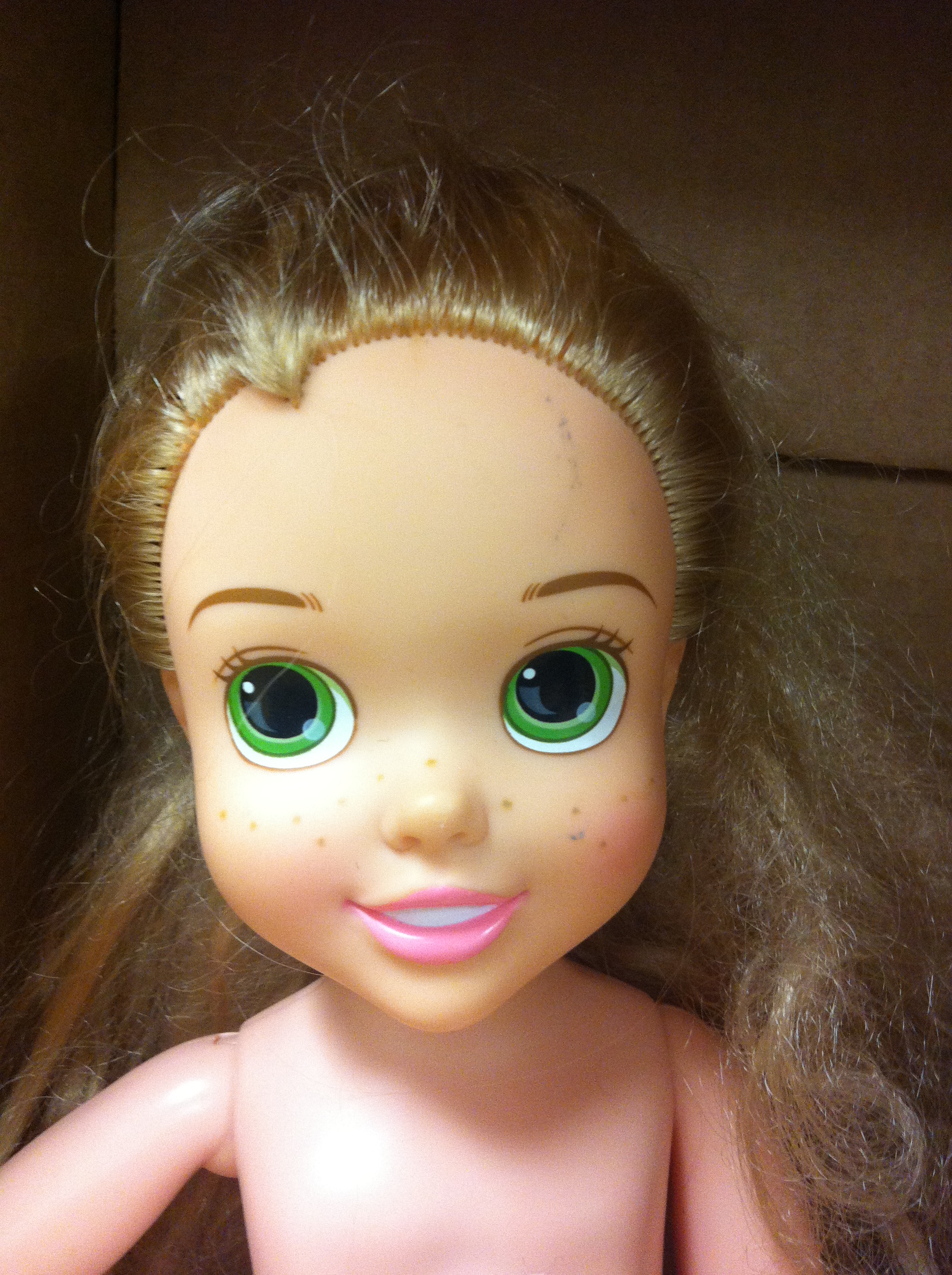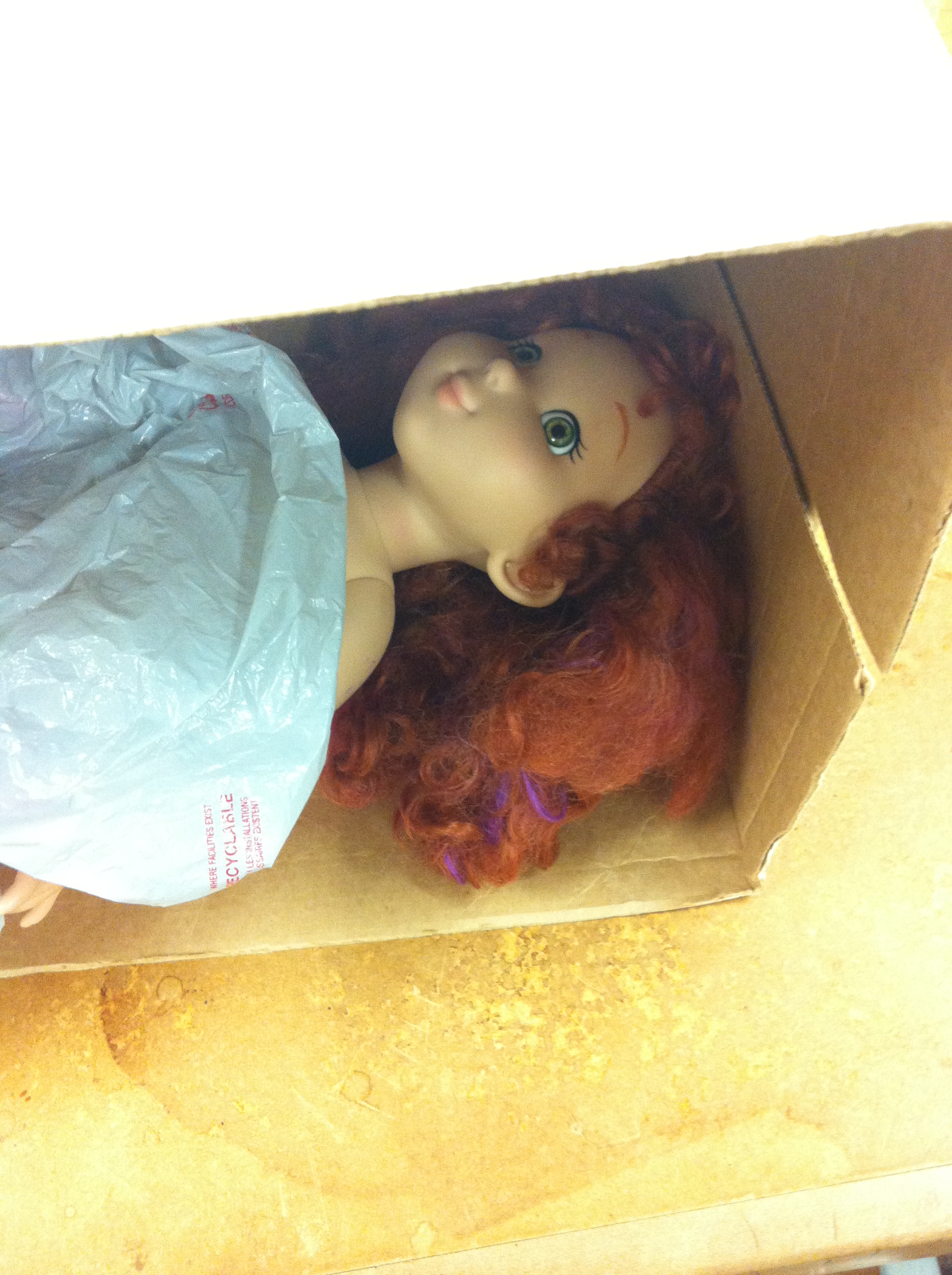The basis is described here: http://research.faceplusplus.com/face-r ... -iccv2013/. In short, it uses the cascade of deep convolutional neural networks. Since I'm not doing face recognition and don't need to know the exact shape of an eyebrow, I will only need the first two, at most three.
A few papers that might be useful:
Interesting paper on parallelizing the ConvNet
Not ConvNet, but a lot of implementation details on GPU.
On training ConvNets
Another implementation of a Neural Net on GPU
[ add comment ] ( 703 views ) | permalink |

The image set can be downloaded from here.
Full test results as Excel file.
[ add comment ] ( 458 views ) | permalink |
It has taken more time than I anticipated, partly because I wasn't able to do much during IAC, partly because the existing face detection demos are often hard to find/hard to setup/no longer can be found where they were supposed to be etc. As a result, out of the programs I found, I was only able to test 6. Just to be sure I've mentioned it, I have also removed a few images from the dataset, since they were almost repeats, which I somehow haven't noticed initially.
The short results are below. Just as a quick comment, due to the complexity of the dataset, several algorithms actually got negative score. That was expected, since these algorithms could't detect faces at arbitrary angles.
-FceOnIt ( http://www.idiap.ch/technology-transfer ... s/faceonit ) - 80 hits, 149 misses, 0 false positives, total score = -69
-Real Time Face detector from A. Telnykh ( http://www.torry.net/authorsmore.php?id=6639 ) using tilt face detector - 99 hits, 130 misses, 51 false positive, total score = -81
-OpenCV with Haar features - 96 hits, 133 misses, 50 false positives, ts = -87
-OpenCV with LBP features - 90 hits, 139 misses, 137 false positives, ts = -186
-BetaFace ( http://betaface.com/wpa/index.php/demo-gallery ) - 146 hits, 83 misses, 59 false positives, ts = 4
-Face++ ( http://www.faceplusplus.com/demo-detect/ ) - 139 hits, 90 misses, 3 false positives, ts = 46
So out of these six, I have an obvious winner.
More generally, the algorithms that detect facial features (eyes, nose, mouth etc) - the two last ones - performed much better than the other ones, mainly because they can handle tilted faces. Since for my application it is a must, I suppose that is what I should be focusing on.
I will post more detailed results once I get them into a nicer format...
--------
The programs that I wanted to try but couldn't are:
-Stasm from U of Capetown - http://www.milbo.users.sonic.net/stasm/ - require specific version of OpenCV that no longer can be downloaded from anywhere
-Face detection from U of Illinois - http://www.ifp.illinois.edu/~antonio/De ... Image.html - whatever image I gave it, just says that it couldn't recognize the format
-Online Face Detector from here: http://www.idiap.ch/~marcel/professional/Welcome.html - (apparently similar to FaceOnIt) - needs admin login (weird...)
-FDLib - http://people.kyb.tuebingen.mpg.de/kien ... /fdlib.htm - they only have precompiled old 32-bit dlls that I couldn't get to run.
P.S. Detailed data now posted.
[ 2 comments ] ( 8790 views ) | permalink |
The final dataset composition:
120 images taken in the lab
90 images of dolls from internet
10 photos from actual rescue missions
80 images of rubble, wood, boxes etc.
-------
300 in total.
Will post the info about the testing when I return from the International Astronautical Congress in Toronto.
[ add comment ] ( 267 views ) | permalink |
Images of the victims taken yesterday, total ~140, ranging from easy to trickier.



If I cannot find enough pictures online to increase the set size to at least ~500, I will need to buy a few more dolls, because that is about all non-repeats I can get with these three.
[ add comment ] ( 306 views ) | permalink |
<Back | 1 | 2 | 3 | Next> Last>>